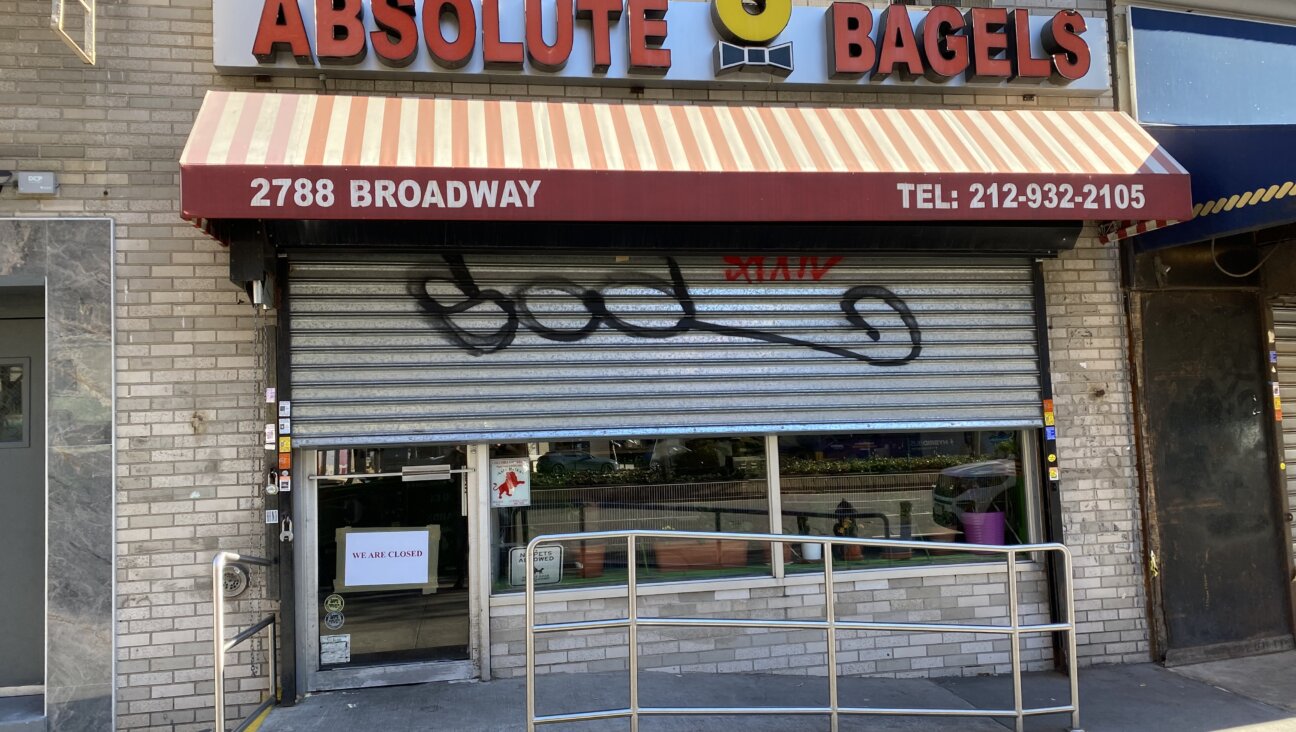U.S. Asks Germany to Publish Complete List of Nazi-Looted Artwork

Unlikely Trove: A Munich man kept a billion-dollar trove of looted Jewish art in this apartment. Should authorities have done more to report the discovery? Image by Getty Images
The United States has asked Germany to publish a list of 1,400 Nazi-looted works of art that were found in a Munich apartment last year during a German tax evasion probe, U.S. officials said on Thursday.
The officials, speaking on condition of anonymity, said U.S. diplomats had contacted the German federal government about the vast trove of art, which included previously unknown paintings by Henri Matisse and Otto Dix.
One U.S. official said the U.S. government had seen the news reports of the discovery of the trove, which came to light this week and included works by artists including Canaletto, Courbet, Picasso and Toulouse-Lautrec.
“Our mission is discussing these reports with the relevant German authorities, and we ask them to publish a full list of the recovered paintings,” said this official, saying the U.S. contacts were with the German federal government, which in turn was dealing with local authorities about the issue.
Customs investigators seized the paintings, sketches and sculptures, dating from the 16th century to the modern period, last year but stayed silent until now because they had chanced upon the art during a tax evasion probe, which compels secrecy.
The secrecy and the failure so far to publish a complete list of the works has attracted criticism from those who argue that publicizing such finds is crucial to establishing their ownership and returning them to their rightful owners.
The Nazis systematically plundered hundreds of thousands of artworks from museums and individuals across Europe. Thousands of works are still missing.
Jewish groups have urged that the origins of the artworks be researched as quickly as possible, so that, if looted or extorted, they can be returned to their original owners.
For some families missing art constitutes the last personal effects of relatives killed during the Holocaust.
While experts consider the works to be of huge artistic value, the task of returning them to their rightful owners could take many years and poses a huge legal and moral problem for German authorities.
The haul, found in the flat of Cornelius Gurlitt, the son of a war-time art dealer, is among the most significant discoveries of works seized by the Nazi regime. It could be worth more than 1 billion euros ($1.3 billion), according to a German magazine, although officials declined to comment.
Gurlitt, who occasionally sold paintings to support himself, has since vanished.
A U.S. researcher said on Wednesday that Allied troops had seized more than 100 art works in 1945 from Gurlitt’s father, then gave them back about four years later.
Marc Masurovsky, who is part of a group that works to return Nazi-looted art to its owners, said documents in the U.S. National Archives showed most of the works were returned to the collector, Hildebrand Gurlitt.
At least one of the pieces listed in the documents appears to be among the 1,400 found at the apartment of Gurlitt’s son, Masurovsky said.
A message from our Publisher & CEO Rachel Fishman Feddersen

I hope you appreciated this article. Before you go, I’d like to ask you to please support the Forward’s award-winning, nonprofit journalism during this critical time.
We’ve set a goal to raise $260,000 by December 31. That’s an ambitious goal, but one that will give us the resources we need to invest in the high quality news, opinion, analysis and cultural coverage that isn’t available anywhere else.
If you feel inspired to make an impact, now is the time to give something back. Join us as a member at your most generous level.
— Rachel Fishman Feddersen, Publisher and CEO
























